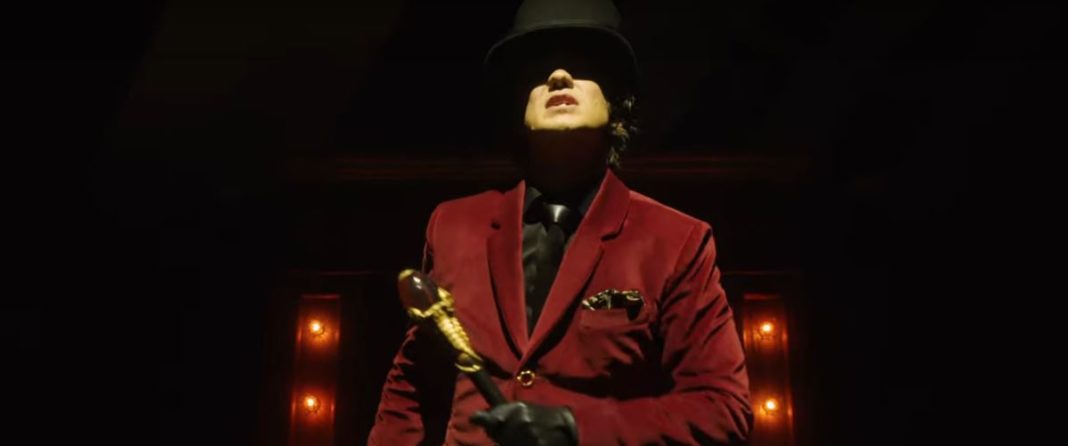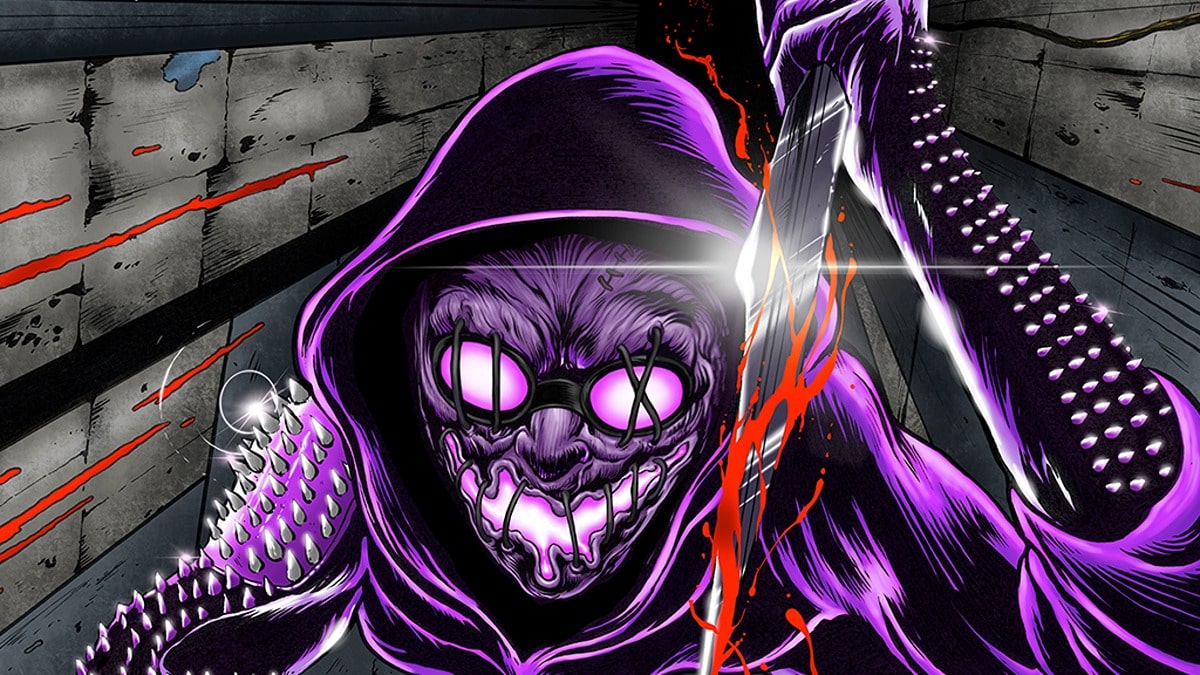The first episode of the Are You Afraid of the Dark? was a love letter to horror. It poured its heart out onscreen, diving headfirst into Easter eggs and horror references (the town the series takes place in is called Argento!) to shape a new generation of Midnight Society members that feels genuine and well-developed enough to carry the torch of those from the original series.
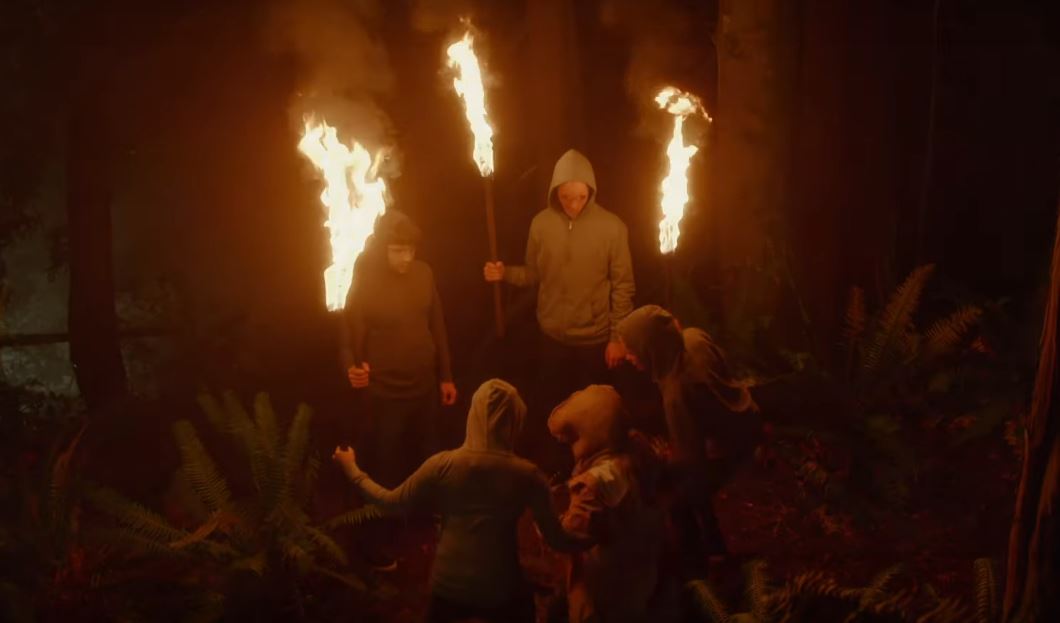
The first episode succeeded in telling a story that was scary and unsettling, a true non-negotiable if the revival were ever to have a chance at becoming something special. Considering its horror is aimed at a younger audience, the show managed to have something for all ages. It introduced an evil carnival setting to serve as backdrop for the story’s more sinister elements and an equally evil host acting as the series’ ‘monster,’ the thing that haunts the kids. It was as scary as it was wondrous and it set up a clever twist on the source material that saw the Midnight Society itself become the target of evil.
This surprised many. By going down a very unexpected route, distancing itself from the anthology format of the original show, the 3-episode limited series immediately became a genuine spiritual successor that celebrated Afraid of the Dark’s love of horror storytelling, and it did so by digging deeper into the kids that gathered around the campfire. The show ends up being about how horror can fan the flames of creativity and imagination, and how it helps us give our inner Midnight Society voice an outlet for expression. It’s about what it means to be able to scare someone with an original tale of the macabre, filled with unknown things and strange happenings.
Fans of the original might remember some stories ending on a cautionary note, with others commenting on the importance of accepting and overcoming fear. I remember them being generally about surviving childhood. Are You Afraid of the Dark?’s showrunner BenDavid Grabinski has more than a few thoughts on this and on what the series meant and means in the present world.
The Beat had the chance to conduct a phone interview with Grabinski to discuss the revival and what horror means for today’s younger viewers. It follows here:
Ricardo Serrano: Anthologies are having their moment, from Black Mirror to Jordan Peele’s Twilight Zone and more recently Creepshow. With this in mind, what made you go for a 3-episode limited series instead of a full anthology series in the original’s style?
BenDavid Grabinski: I think it was important to take advantage of the upcoming Halloween season, to get something out there that audiences would love to see during this wonderful time of the year. Nickelodeon wanted a 3-episode series and so I suggested looking at the Midnight Society and having them be the story. This helped us dig into the characters’ emotions and to develop emotional arcs. I think that’s difficult to get when doing anthologies given the format.
I grew up with the show and always wanted someone to invite me into the Midnight Society. I wanted to know what it was like to be a part of it, be friends outside the campfire, interact with them.
Growing up to be a horror fan and having Afraid of the Dark play such a role in that helped me come up with a story that honored the original series but that could also do for new viewers what the original did for me. This new take is a love letter to the show and horror as a whole because of that. I really want people to fall in love with the Midnight Society. My hope was that my love of the original show would come through, so longtime fans knew the show came from good intentions, even if it wasn’t in anthology form.
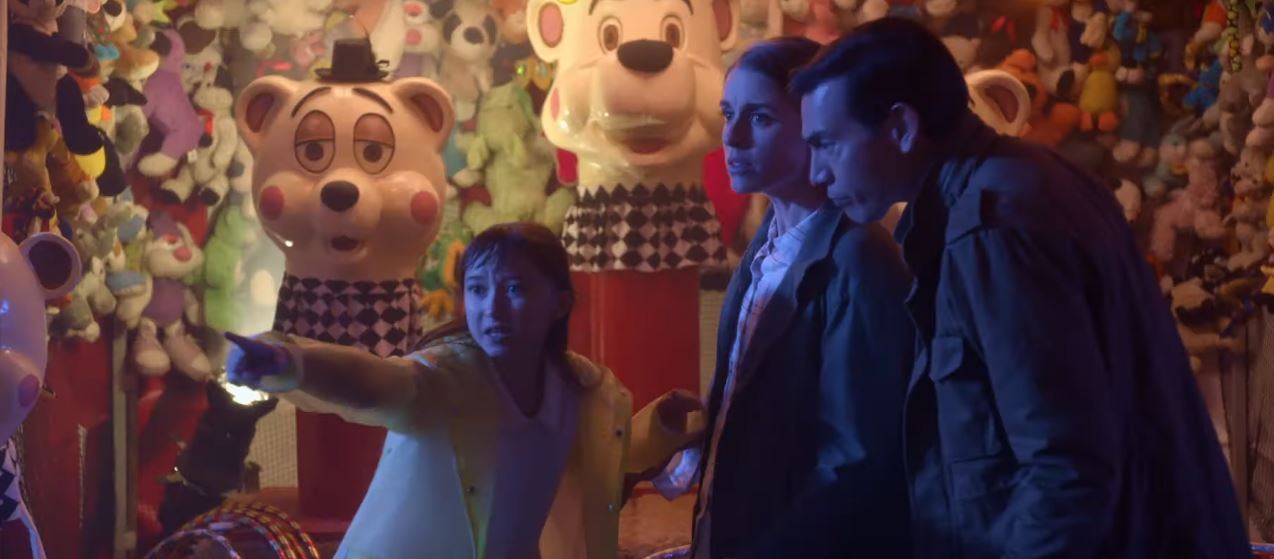
Serrano: I appreciate the fact it’s three episodes. Sometimes too much of a good thing can dilute the original vision and end up not fulfilling all of its promises.
Grabinski: I think less episodes means more focus on characters. You have to make every moment count and mean something. I also think leaving people hungry for more is better than having them feel like they have to power through several extra episodes a season to be done with a show. I know this is more personal preference, but there’s something to having a story give you enough and leave wanting more of it.
Serrano: You mentioned wanting to appeal to people who saw the original series while getting new eyes on it. There are a lot of references throughout the first episode alone, from character last names belonging to famous horror directors to the actual name of the town. Was that something exclusively for older fans or did you think it could also serve to stoke curiosity with new audiences to go and look for any significance behind those names and places?
Grabinski: It’s actually multiple reasons. I wanted it to feel like a love letter to the horror genre. I mean, I would think being invested in a show about horror stories would bring together a great big group of horror nerds. I think our show is a gateway to horror if you’re just coming into it and are starting here, but I also wanted people who had years of horror movies in them to feel at home. I started watching more kid horror stuff growing up and then transitioned to more adult horror and, look, they’re not mutually exclusive.
We wanted a love of horror to serve as subtext. It felt right going that route, but we knew it had to be something that if you didn’t know the show had references you could still enjoy it. I knew I was correct in adding these references when I would talk to people on set who liked the story and what we were doing but didn’t know certain things were actually references. The fact name of the town is Argento doesn’t mean you have to know him or that it means anything. The name of the school, Herbert West Middle School, sounds like the name of a real middle school! All of this gives the show a kind of horror texture that has something for everyone.
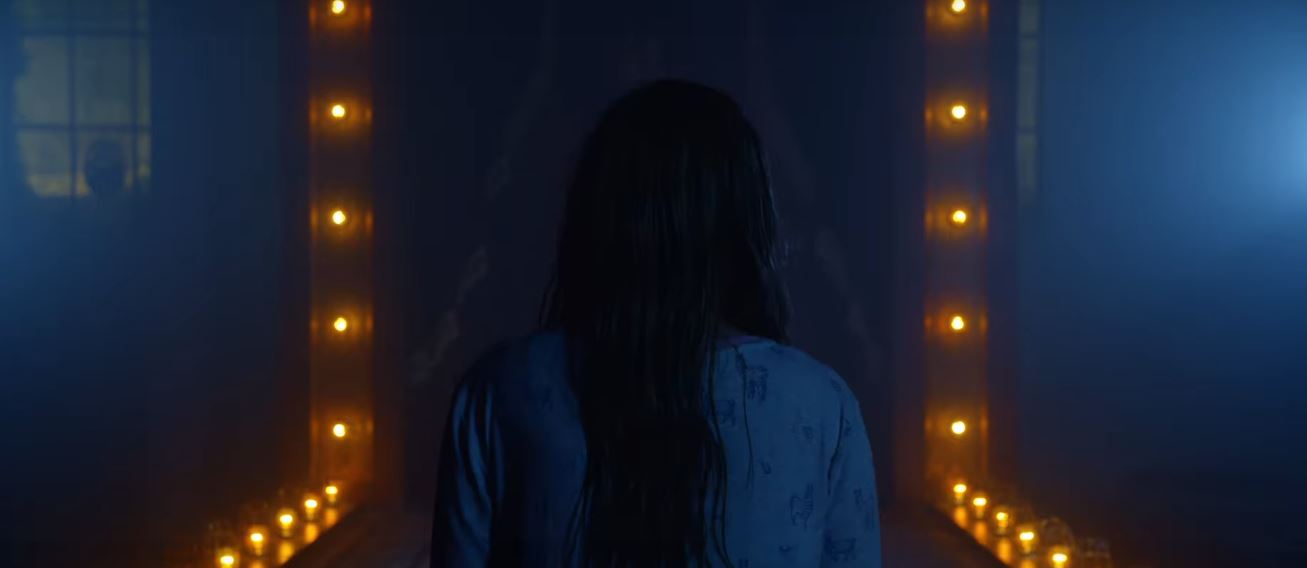
Serrano: In terms of horror for younger audiences—on what the limits are for YA audiences or if there should be any limits in the first place—there’s a dividing line for some as to what’s appropriate and what isn’t it. I’m thinking of the Scary Stories to Tell in The Dark movie and how it managed to keep things scary and even dangerous considering it’s all mostly happening to kids. What’s your take on what YA horror should be?
Grabinski: It’s something I had to think about but not from the perspective of what’s safe and what isn’t. It was more about keeping in mind the audience’s intended age and whether the message could resonate with them. I remember thinking of the time I watched Batman Returns as a kid. There was a lot of talk on what shouldn’t be put into a happy meal and if the movie was even appropriate for kids, and I think I was self-aware of that. For Afraid of the Dark, I think nihilism just isn’t always the best route. Don’t tell a kid, at a formative age, that the world is a terrible place and that the bad guys are going to win.
In our case we wanted the idea that good could triumph over evil and that the kids will make some deep connections with each other. Like in Poltergeist, where the family goes through some terrible things together but at the end you know they’re going to be okay. That was a big part why kids could watch the movie.
When you watch kids horror you get the part where the kids put the pieces of the puzzle together and stop evil from winning, mostly in some supernatural scenario. With adults you get the first two parts but in the last fifteen minutes of the film you see the bad elements aren’t entirely destroyed and, surprise, we’re all going to die. That’s the idea behind Final Destination, which made it hilarious to be honest, and with many of the other slasher movies out there. You can’t take that approach with ten-year-olds because you don’t want them to get jaded and think everything is screwed up.
Look, the easiest way to think about it is, if it happened in a Harry Potter movie then it’s okay. Really, those movies were a good barometer for how dark we could get for a long time. It helped give me peace of mind while working on Afraid of the Dark?
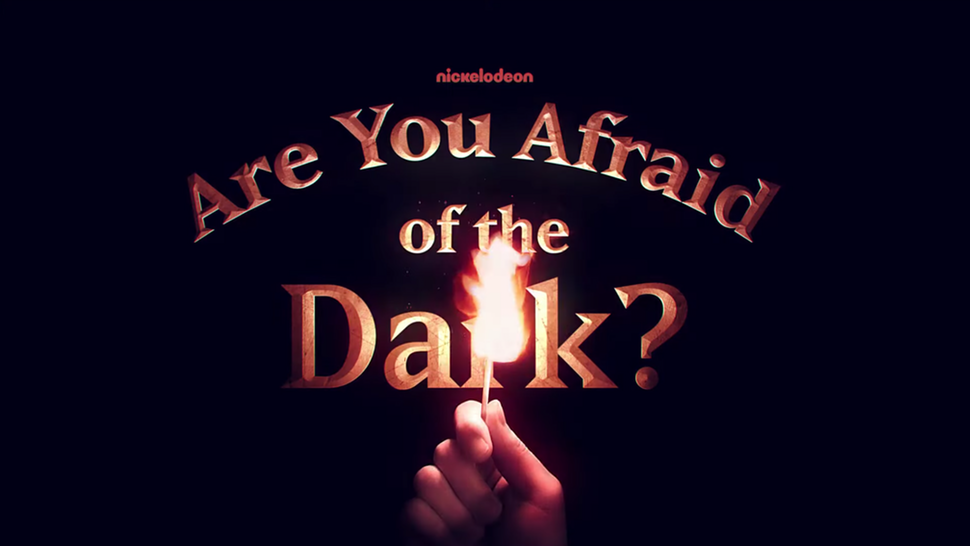
Serrano: Was there anything you really didn’t want this Afraid of the Dark revival to be? Something you wanted to completely avoid?
Grabinski: This might sound contradictory, but I didn’t want to have the show be about horror stories told around a campfire just coming to life. I wanted there to be some elements of that, and once you see all three episodes I think it’ll be clear that that wasn’t the case. Having said that, I wanted the Midnight Society to deal with horror outside the campfire. I wanted them to navigate a world where horrible things could happen, but also that they could face it.
I didn’t want it be, like, don’t tell a werewolf story because then there’ll be a werewolf in the hallways at school the next day. I think that would’ve ruined the Society’s dynamic and it was important to me not to break the world of Are You Afraid of the Dark?
Serrano: Thank you for taking the time to talk horror!
Grabinski: Thank you!
Nickelodeon’s Are You Afraid of the Dark? S1E2 debuts Friday, Oct. 18 at 7 p.m. You can watch S1E1 for free on YouTube.


